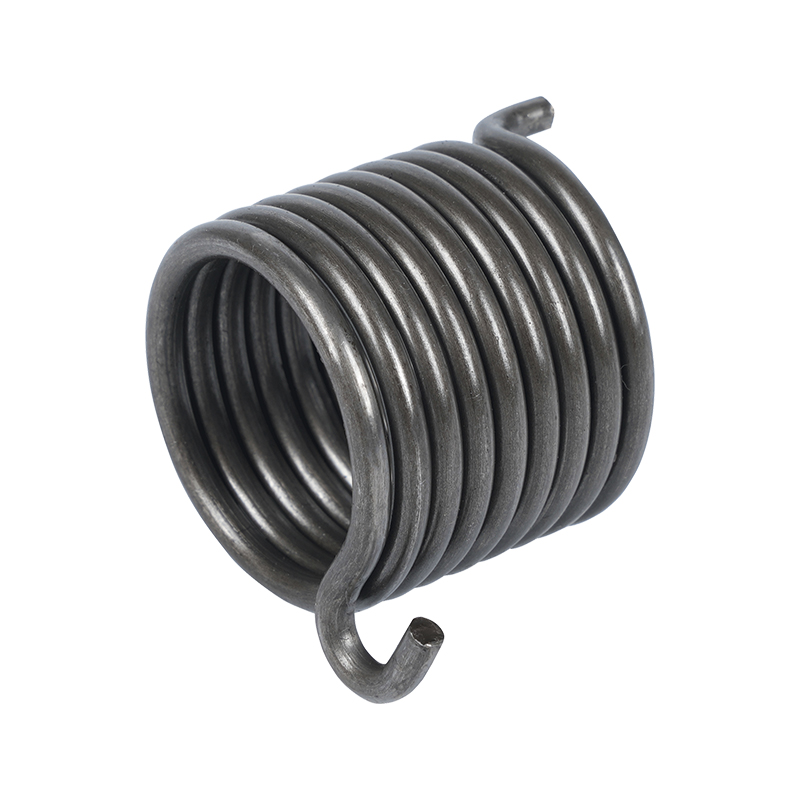The Evolution and Importance of Steel Pipe Bending in Modern Industry
Design steel pipe bending process Company

Steel pipe bending is an essential process in various industries, including construction, automotive, aerospace, and energy. This technique is widely used to create pipes and tubes that fit specific geometric designs and functional needs. With a growing demand for precision, efficiency, and cost-effectiveness, steel pipe bending has seen significant advancements over the years. Different bending methods, such as cold bending, hot bending, and push bending, have emerged, each suited for various applications. Additionally, automation has played a key role in improving the consistency and speed of the steel pipe bending process.
One of the significant developments in steel pipe bending technology is the variety of bending methods available. Cold bending is one of the commonly used techniques, particularly for smaller diameters of steel pipes. This method involves bending the pipe at room temperature, which prevents the material from losing its strength or structural integrity. On the other hand, hot bending is typically used for larger steel pipes or when dealing with more complex shapes. Heat is applied to the steel pipe before bending, making it more malleable and easier to manipulate. Push bending, a more modern technique, uses a series of rollers to push the pipe around a die, providing high precision and reducing material strain. Each of these bending methods plays a critical role in ensuring that steel pipe bending meets the unique demands of each project.
As the demand for steel pipe bending continues to grow, automation has become a key factor in enhancing the process. Many steel pipe bending machines today are fully automated, which means that much of the bending process can be controlled by computer systems. Automation reduces the need for manual labor, increasing productivity and consistency in the final product. Automated steel pipe bending also minimizes the likelihood of human error, ensuring that each bend is made to the exact specifications required. This is particularly important in industries where high-quality and precise pipe bending is crucial, such as in the construction of pipelines or the manufacturing of complex machinery.
In addition to automation, technological advancements have significantly impacted the steel pipe bending process. Continuous improvements in machinery, software, and materials have led to faster and more efficient production methods. For example, advanced CNC (computer numerical control) machines have made it possible to achieve highly accurate bends with minimal waste. These innovations have also resulted in a reduction in production time and cost, making steel pipe bending more accessible and affordable for a wide range of industries. Furthermore, developments in software have allowed for more sophisticated simulations, enabling engineers to predict how the steel pipes will behave during the bending process and optimize their designs accordingly.
The importance of steel pipe bending cannot be overstated in today’s industrial landscape. Steel pipes are used in everything from building infrastructure, such as bridges and tunnels, to constructing power plants, oil refineries, and water distribution systems. The versatility of steel pipe bending allows for the creation of pipes with complex geometries that meet the specific needs of these diverse applications. Whether it’s bending pipes for tight spaces or creating large, curved sections for structural supports, steel pipe bending ensures that each project is completed to high standards.
Steel pipe bending also plays a significant role in the energy sector. For example, in the construction of oil and gas pipelines, steel pipes need to be bent to follow the terrain's natural contours. This process ensures that the pipelines are durable and able to withstand external pressures, such as those from the ground or the weight of materials passing through them. The ability to bend steel pipes with precision and control is essential for maintaining the structural integrity of these pipelines over long distances and harsh conditions.
Overall, steel pipe bending is a vital process that continues to evolve with the introduction of new technologies and methods. As industries demand higher levels of efficiency, accuracy, and versatility, the future of steel pipe bending looks brighter than ever. With advancements in automation, material science, and computer-aided design, steel pipe bending will continue to be a cornerstone of modern manufacturing, construction, and energy production, ensuring that industries can meet the challenges of tomorrow with precision and confidence.


 English
English русский
русский Español
Español










